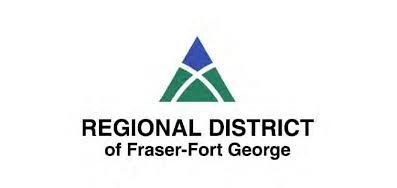Staff from the Regional District of Fraser-Fort George will be on the hunt for sources of radio interference hampering communications between volunteer fire departments in the region, following the purchase of a real-time handheld spectrum analyzer.
The district board approved the purchase of the $46,650 piece of equipment during Thursday's board meeting, and it is expected to be in use by the end of the year.
In a report to the regional district board in July, district public safety coordinator Tony Fry wrote that,"Harmful (radio) interference is encountered on a daily basis which can cause communication problems during fire operations."
Regional district spokesperson Renee McClosky said radio interference generally takes two forms, direct interference - other radio users talking on channels reserved for emergency crews -and indirect interference caused by other electrical equipment producing radio static.
"What (the spectrum analyzer) does is help identify where the source is and what the source is," McClosky said.
District 911 technician Murray Scott said fire department radios are powerful enough to cut through interference, but it can reduce the effective range crews can communicate.
"The direct interference can can cause problems because you're talking and then people talk over you, or talk between the conversations," Scott said.
Once district staff track down the sources of direct interference, they'll ask them to voluntarily change the radio channels they are using. If the radio users refuse, the district will get Spectrum Management and Telecommunications, the federal government department which manages radio frequency use, involved.
"They have to (stop using emergency channels), basically," Scott said.
In the case of indirect sources, the district will request the owner of the source of the static to repair or shield the source to reduce or eliminate the errant radio waves.
"For example, in Beaverly we think there is outside interference from an AC power (transmission lines)," Scott said. "We'll ask BC Hydro to come in and fix them."



